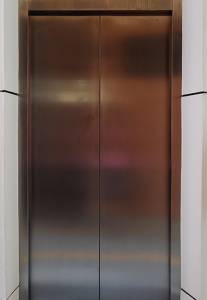
Choosing the right elevator doors is crucial for safety, aesthetics, and overall building functionality. This guide outlines the various types of elevator doors available, highlighting their features, benefits, and typical applications.
Before diving into the specific types, consider these factors:
The optimal elevator door type depends on the specific needs of the building. Consider factors like building codes, traffic volume, aesthetics, budget, and accessibility requirements when making your selection. Consulting with elevator professionals is strongly recommended to ensure the selection aligns with safety standards and building specifications.